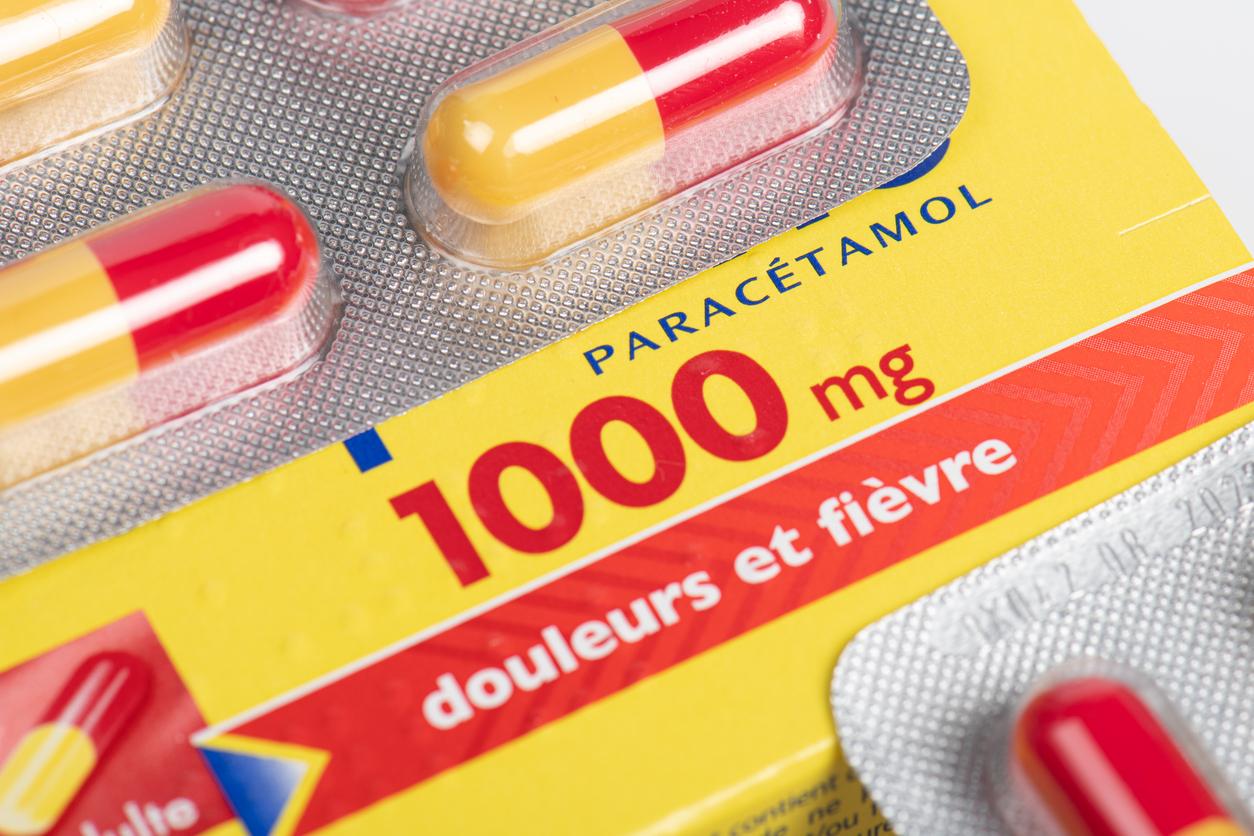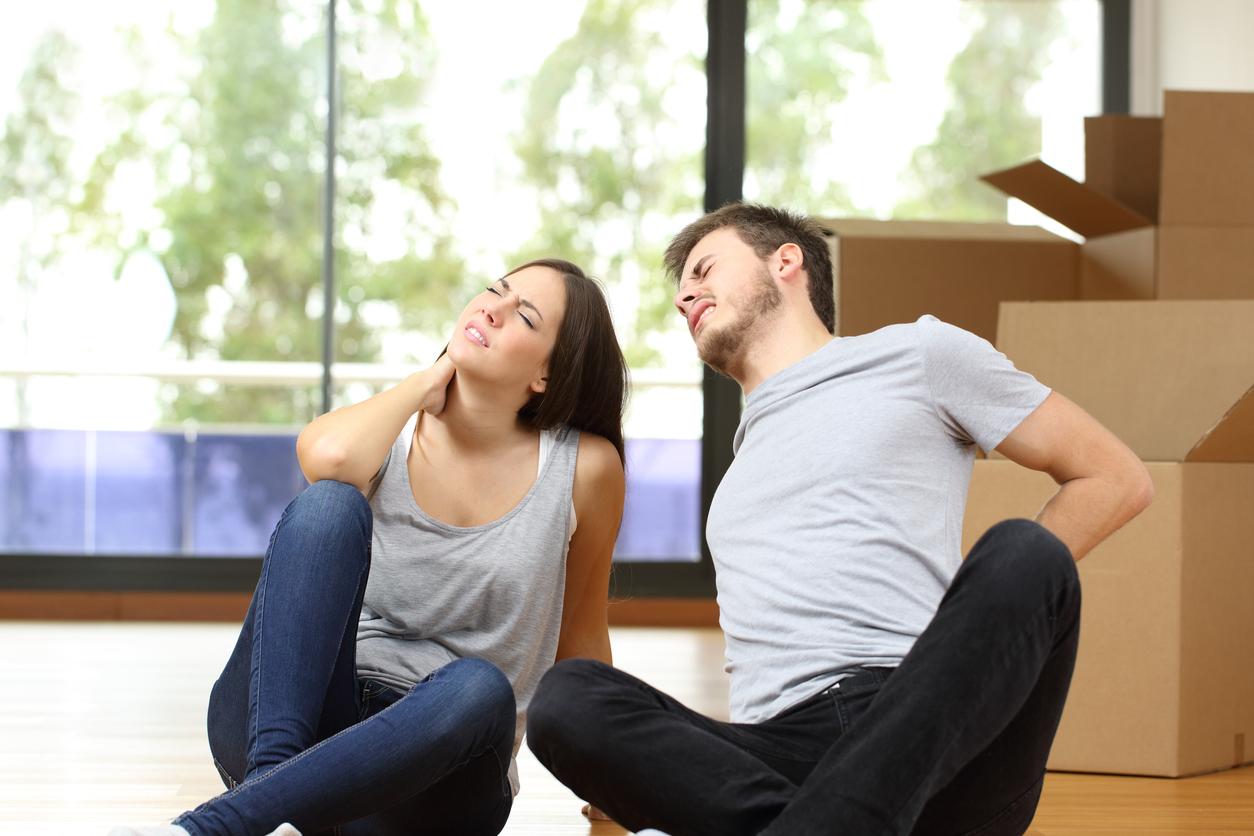Here are the main causes of lower back and hip pain.

- There are many causes of simultaneous hip and lower back pain.
- Symptoms can occur as a result of injury or overuse of sore muscles.
They are often due to bad postures and too much sedentary lifestyle, but not only… and it’s a common ailment!
More than 30% of the French population suffers back pain daily.
Pain in both areas
But often the hip and the back malfunction together: in case of lower back pain, the movements of the hip can be reduced and the muscles surrounding the joint can become tight and painful.
And with hip dysfunction, the mechanics of the lower back can be affected, and this can cause pain in both areas. Also, since the lower back and hip share many muscle groups when one muscle is affected, it can lead to compensatory movement, fatigue and soreness in the other muscles!
If the pain is searing and only appears on one side, it may be caused by muscle spasm, joint dysfunction, and/or nerve compression caused by several conditions.
muscle spasm
This is particularly the case during spasms of the piriformis muscle, a small muscle located in the buttock, behind the gluteus maximus, where the pain extends to the lower back and the hip but also to the buttock and can also affect the back of the thigh.
The pain can be aggravated when you put the hip in motion – when you get out of bed for example, and develops when you sit too long on a hard surface in particular, or in the event of an injury to the buttock.
Sacroiliac joint
It can also be sacroiliac joint dysfunction: inflammation of the joint that connects the lower spine to the pelvis and can cause sharp, throbbing pain in both the back and hip.
The sacroiliac joint can become a source of pain due to arthritis, trauma, or repetitive stress in the joint.
It is more common on one side, but sacroiliac joint pain can affect both sides.
Hamstring sprain
A sprain, which causes contraction of the hamstrings, can also alter posture and cause pain.
Tight hamstrings can affect the curvature of the lower spine and disrupt the alignment of the lower back with the hip, resulting in a feeling of stiffness in the lower back, with or without pain.
Hip osteoarthritis
Finally, age-related degeneration of the hip joint (hip osteoarthritis) can cause both lower back pain and hip stiffness, since it greatly decreases the range of motion. movement and causes the hip to tilt forward which disrupts the curvature of the lower spine.

















